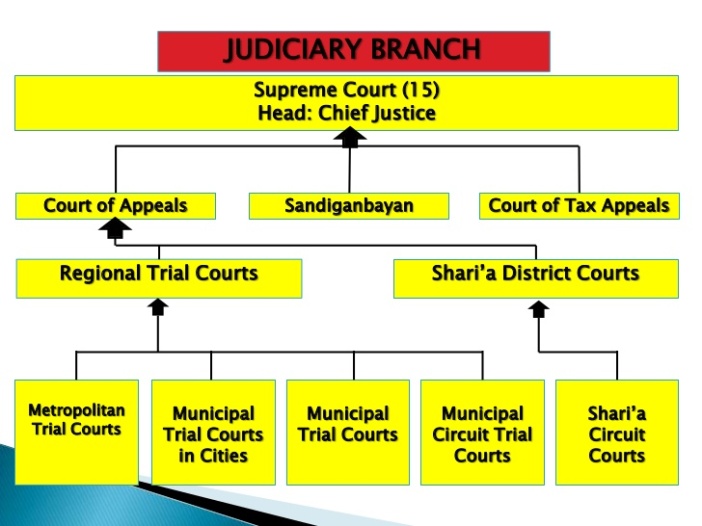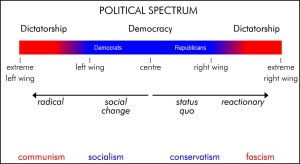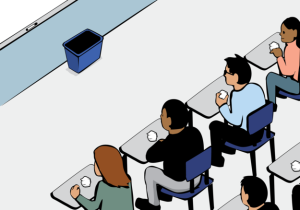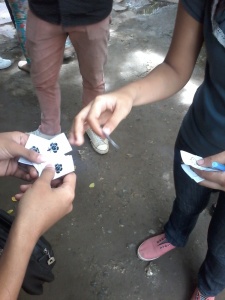Hi CE1H Class. Your task is simple. You have to improve your nation as set by the information below. You have to use AT LEAST four Presidential Powers. You will report this on Wednesday next week. Please have an impressive and detailed report.
Here is a sample picture so improve on it
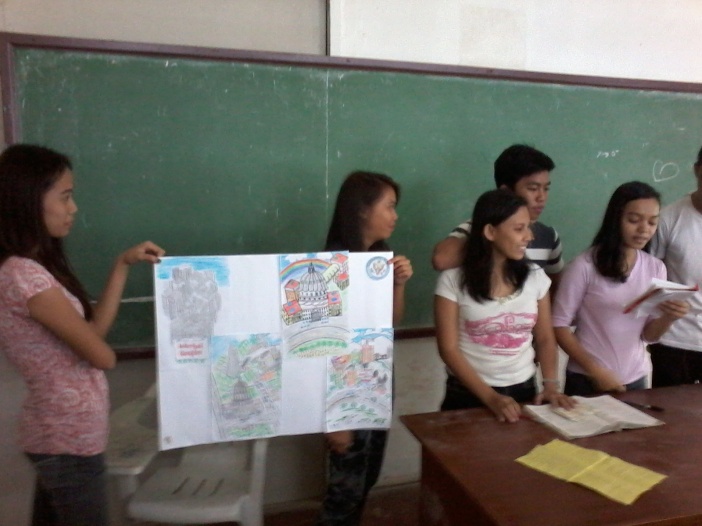
- Name of Country: Country of the North (Group 4)
| Population: |
90,000,000 |
| Tax Revenues: |
6 Trillion Pesos |
| Income per capita per month: |
Php 418,000 |
| Poverty Incidents: |
3% |
| Life Expectancy: |
85 years old |
| Crime rate: (% of chance you be victim of crime) |
12% |
| Literacy rate: (% of population ) |
95% |
| Child Mortality rate: |
.02% |
| Gini Coefficient: (zero = more equal, 1 = more unequal) |
0.60 |
| Competitive ranking |
1st |
| Corruption perception index: |
7th least corrupt |
Country North is a highly industrialized country, and a major international aid donor. However, its society is becoming highly unequal where only a very small population holds more than half of the wealth. It has powerful military that can also police other nations.
Use at least 4 Presidential Powers to improve your nation. Chapter XI p 120. In a white cartolina. Divide the cartolina into two. Draw in the left side how your capital city looks like in the present and in the opposite side, draw how your capital city would look like after you have implemented your programs. Be creative. Color it so it is presentable.
- Name of Country: Country of the Mountain and the Vale (Group 2)
| Population: |
70,000,000 |
| Tax Revenues: |
4 Trillion Pesos |
| Income per capita per month: |
Php 315,000 |
| Poverty Incidents: |
10% |
| Life Expectancy: |
80 years old |
| Crime rate: (% of chance you be victim of crime) |
25% |
| Literacy rate: (% of population ) |
85% |
| Child Mortality rate: |
4 % |
| Gini Coefficient: (zero = more equal, 1 = more unequal) |
0.65 |
| Competitive ranking |
2nd |
| Corruption perception index: |
6th |
Country of the Mountain and the Vale is a newly highly industrialized country. It however has been reckless in its environmental stewardship. Other countries point to this country as the contributor of climate change. Though they have excellent health care programs, they still are massive in pollution.
Use at least 4 Presidential Powers to improve your nation. Chapter XI p 120. In a white cartolina. Divide the cartolina into two. Draw in the left side how your capital city looks like in the present and in the opposite side, draw how your capital city would look like after you have implemented your programs. Be creative. Color it so it is presentable.
- Name of Country: Country of the Isles and Rivers (Group 3)
| Population: |
70,000,000 |
| Tax Revenues: |
2 Trillion Pesos |
| Income per capita per month: |
Php 250,000 |
| Poverty Incidents: |
15% |
| Life Expectancy: |
75 years old |
| Crime rate: (% of chance you be victim of crime) |
35% |
| Literacy rate: (% of population ) |
80% |
| Child Mortality rate: |
10 % |
| Gini Coefficient: (zero = more equal, 1 = more unequal) |
0.45 |
| Competitive ranking |
3rd |
| Corruption perception index: |
5th |
Country of the Isles and Rivers is an upper-middle income country about to break into the exclusive newly industrialized club of nations. However, its government has been aggressive in building military presence and reclaiming islands in the sea near Country of the Rock. Many nations are weary of its military growth.
Use at least 4 Presidential Powers to improve your nation. Chapter XI p 120. In a white cartolina. Divide the cartolina into two. Draw in the left side how your capital city looks like in the present and in the opposite side, draw how your capital city would look like after you have implemented your programs. Be creative. Color it so it is presentable.
- Name of Country: Country of the Rock (Group 1)
| Population: |
70,000,000 |
| Tax Revenues: |
900 Billion Pesos |
| Income per capita per month: |
Php 100,000 |
| Poverty Incidents: |
20% |
| Life Expectancy: |
69 years old |
| Crime rate: (% of chance you be victim of crime) |
35% |
| Literacy rate: (% of population ) |
75% |
| Child Mortality rate: |
20 % |
| Gini Coefficient: (zero = more equal, 1 = more unequal) |
0.45 |
| Competitive ranking |
4th |
| Corruption perception index: |
4th |
Country of the Rock is a middle-income country that still struggles with higher crime rates and a 20% poverty incident. The nation is still establishing reforms in the structure to sustain economic growth. However, there present tension with Country of the Isles and Rivers are causing some investors to be scared.
Use at least 4 Presidential Powers to improve your nation. Chapter XI p 120. In a white cartolina. Divide the cartolina into two. Draw in the left side how your capital city looks like in the present and in the opposite side, draw how your capital city would look like after you have implemented your programs. Be creative. Color it so it is presentable.
- Name of Country: Country of Stormlands (Group 5)
| Population: |
50,000,000 |
| Tax Revenues: |
500 Billion Pesos |
| Income per capita per month: |
Php 50,000 |
| Poverty Incidents: |
26% |
| Life Expectancy: |
63 years old |
| Crime rate: (% of chance you be victim of crime) |
45% |
| Literacy rate: (% of population ) |
70% |
| Child Mortality rate: |
20 % |
| Gini Coefficient: (zero = more equal, 1 = more unequal) |
0.55 |
| Competitive ranking |
5th |
| Corruption perception index: |
3rd |
Country of Stormlands has just gained Independence. It is starting to build its presence in the international community. However, only Country of the Drone, Country of the Reach and Country of the Rock recognize it as a state. It has yet to create a competent council of advisers. It wants to build a very competent bureaucracy.
Use at least 4 Presidential Powers to improve your nation. Chapter XI p 120. In a white cartolina. Divide the cartolina into two. Draw in the left side how your capital city looks like in the present and in the opposite side, draw how your capital city would look like after you have implemented your programs. Be creative. Color it so it is presentable.
- Name of Country: Country of the Reach (Group 6)
| Population: |
70,000,000 |
| Tax Revenues: |
200 Billion Pesos |
| Income per capita per month: |
Php 30,000 |
| Poverty Incidents: |
33% |
| Life Expectancy: |
55 years old |
| Crime rate: (% of chance you be victim of crime) |
50% |
| Literacy rate: (% of population ) |
55% |
| Child Mortality rate: |
35 % |
| Gini Coefficient: (zero = more equal, 1 = more unequal) |
0.67 |
| Competitive ranking |
6th |
| Corruption perception index: |
2nd |
Country of the Reach is a lower income country. It has limited resources and the government is contemplating borrowing money from the World Bank.
Recently, the nation has been under a corruption scandal among its highest department officials. The people are so angry that some military reports are saying that a revolutionary army is forming.
News reports also show that the corruption is so rampant in the bureaus and debarments and the people are calling for the president to exercise his powers.
Use at least 4 Presidential Powers to improve your nation. Chapter XI p 120. In a white cartolina. Divide the cartolina into two. Draw in the left side how your capital city looks like in the present and in the opposite side, draw how your capital city would look like after you have implemented your programs. Be creative. Color it so it is presentable.
- Name of Country: Country of the Drone (Not assigned)
| Population: |
70,000,000 |
| Tax Revenues: |
100 Billion Pesos |
| Income per capita per month: |
Php 7,000 |
| Poverty Incidents: |
45% |
| Life Expectancy: |
50 years old |
| Crime rate: (% of chance you be victim of crime) |
60% |
| Literacy rate: (% of population ) |
40% |
| Child Mortality rate: |
50 % |
| Gini Coefficient: (zero = more equal, 1 = more unequal) |
0.55 |
| Competitive ranking |
7th |
| Corruption perception index: |
1st |
Country of the Drone is lower income country with an ongoing internal rebellion of its minority population in the east. The Capital city is far from the war zone but reports show that the rebels are advancing. The government does not have enough resources to maintain an army. The rebels demand greater autonomy and amnesty if the war will be finished.
Use at least 4 Presidential Powers to improve your nation. Chapter XI p 120. In a white cartolina. Divide the cartolina into two. Draw in the left side how your capital city looks like in the present and in the opposite side, draw how your capital city would look like after you have implemented your programs. Be creative. Color it so it is presentable.
For your personal consumption, here are the exercise questions:
- Person X was born in Cagayan de Oro City with a Filipino mother and an American father on June 12, 1970. He went to the United States when he was 15 years old. What he did there was simply to finish his college degree as a student visa holder. Person X’s total stay in the United States was 20 years. He went home after that 20 years. He wants to run for President in the 2016 elections. He comes to your group to ask advice. Can Person X run for the Presidency? Yes or No. Please cite your legal argument. What are the qualifications of to run for the Presidency?
- Given that Person X won the Presidency, can he run for a second term? What if Person X won the Vice-Presidency then Person Y won the Presidency in the 2016 elections. In 2018, President Y resigned after a corruption scandal. So Vice-President X became president. Can he run for the Presidency in 2022?
- The President as the chief executive has the power to propose the budget and execute the law. In the 2016 budget, the President proposed a budget of 2 Billion for the purchase of F-14 Jet fighters to help us build a credible defense against China. Congress only approved 1 Billion. The President decided that since the budget has been decreased, it would be impractical to buy cheaper jet fighters. So he decided not to pursue the purchase of the jet fighters even if there is already a 1 Billion Pesos allocation. Can he do that?
- The President joined a house party with the family of the Senate President. The President was so drunk during that party that he lost his ability to walk straight. During the after party, he lost his temper and pushed a waiter and the waiter fell from the 3rd The waiter died 3 days after. The family of the waiter wants to file criminal charges against the President. The family came to you, what is your advice? In the reverse, if the President was the one who was injured, can the President file criminal charges against the waiter?
- The President was a former professor of the Ateneo in its economics program. During his presidency, he wants to teach economics to foreign diplomats in the Ateneo. This program was organized by the Ateneo de Manila University for its Masteral in Public Administration. Can the President do that? He also appointed his half-brother as Secretary of Justice, can he do that? He also is a share holder of a mining company who is asking for a franchise in Congress, can he do that?
- President and the Vice-President (elected in 2016) wanted to go the Hong Kong Disneyland to relax since their job was so stressful. Also, they want to meet OFWs in Hong Kong. On the way to Hong Kong (lost in June 14, 2017), their airplane crashed and never found. Who will become President? Is he a permanent president or merely an acting president? Should a SNAP election be conducted? What If only the Vice- President died because the President was amble to use his built jetpack, who can become Vice-President?
- 2 years into his term, President X began to act very strangely. He would often times talk to himself. He would also eat weird things around Malacanang such as insects and raw leaves. The Cabinet members are alarmed. They believe he is possessed by some kind of spirit from the big balite tree in Malacanang. They have lost confidence in the ability of the President to lead the nation. What can the Cabinet members do in this situation? If the cabinet succeeded in their action, he is later confined in a mental hospital, are the cabinet members obliged to report the state of health of the person X to the nation? Who should not be denied access to Person X in this scenario?
 You will investigate one local issue among 8. You are tasked to analyze the issue, know what the government is doing or not doing regarding this concern and score the performance of your local government.
You will investigate one local issue among 8. You are tasked to analyze the issue, know what the government is doing or not doing regarding this concern and score the performance of your local government. 
